 |
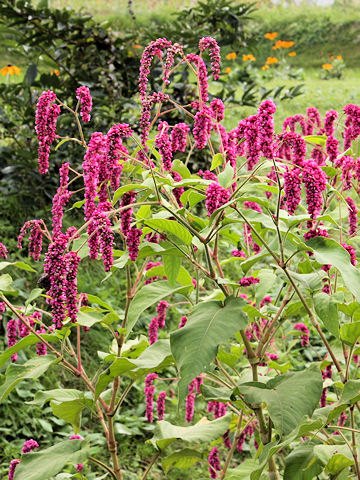

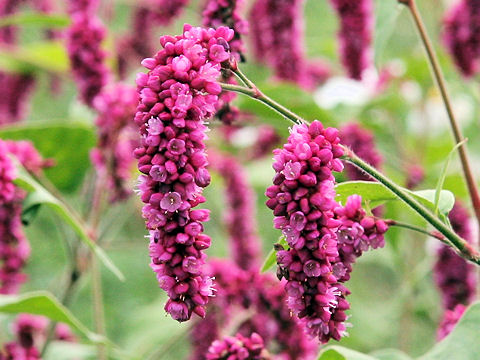

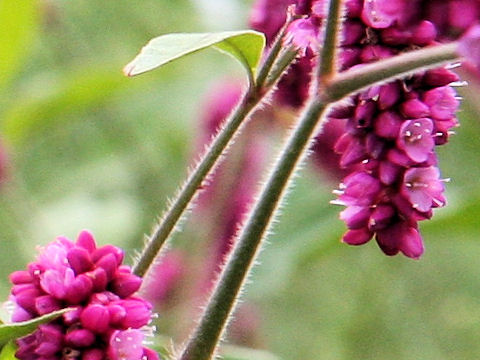

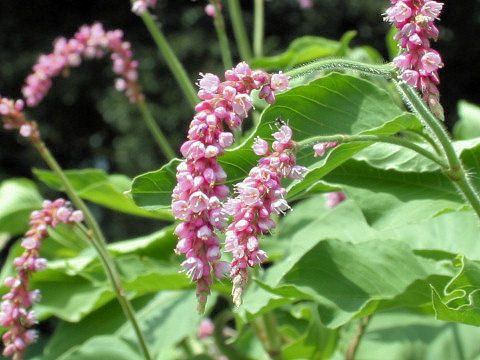

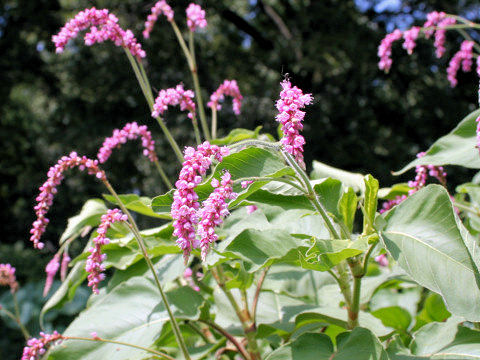

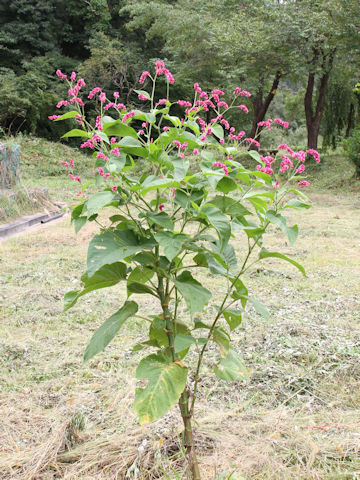

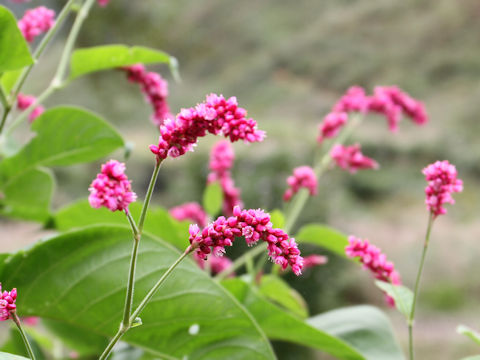

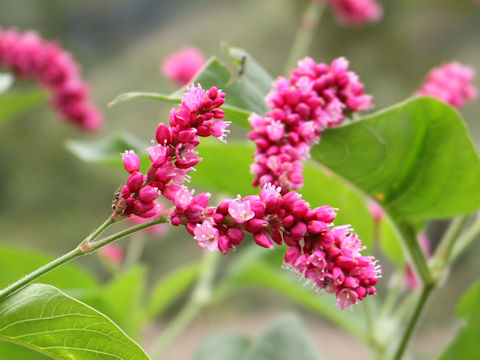

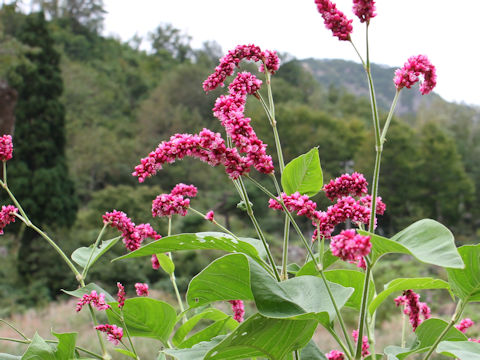

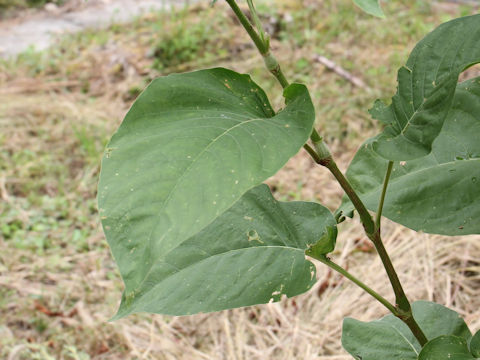

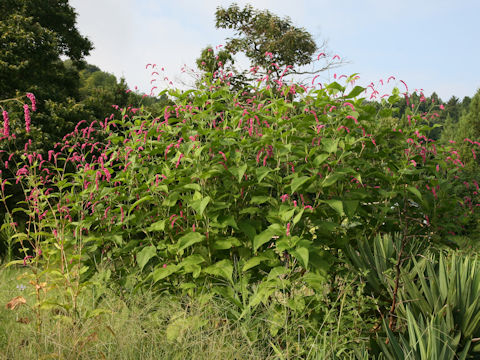

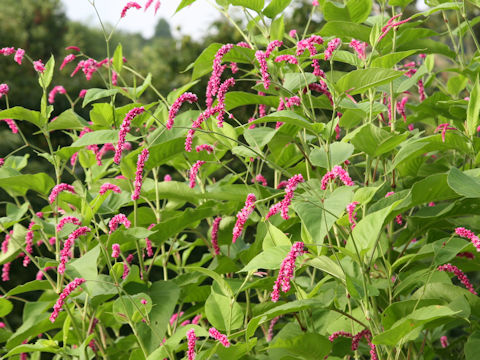

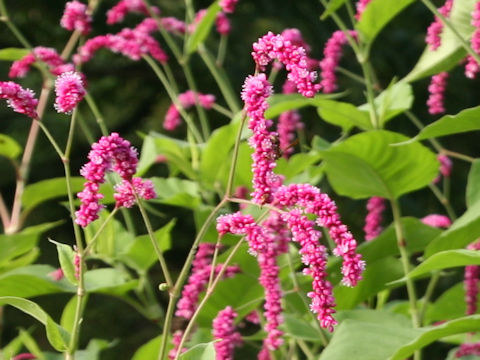

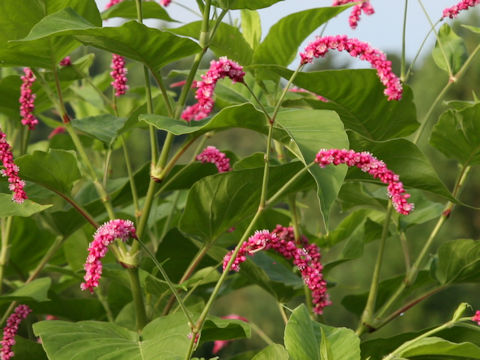

|

|
Ìì©çq}ɪzµÄ¢Ü·BíªÖÍ]ËãÉÏÜpƵıü³êA»ÝÅÍen̹νârênAÍ´ÈÇÉA»µÄ¢Ü·B³ÍP`Q[gÉÈèASÌÉѪ½¢ÌªÁ¥Å·BtÍ`Åæ[ªëèA·¢t¿ª èÜ·BW©çPP²ëA·¢Ôäð¾µAgFÌÔð穹ܷBÔÙÌæ¤É©¦éÌÍAæªTôµ½äÓÐÅ·BʼÅu¨¨×ɽÅiågäøjvÆàÄÎêÜ·BêÅÍugäøihong liaojvÅ·B
|

|
^fÈCk^f®ÌêNÅAw¼Í Persicaria pilosa (syn. Polygonum orientale)Bp¼Í Prince's featherB
|

|
The Prince's feather (Persicaria pilosa) belongs to Polygonaceae (the Knotweed family). It is an annual herb that is native from southern China to the Himalaya. It was introduced into Japan in Edo Period (1603-1868) as an ornamental plant. This herb is naturalized in so many places; roadsides, barrens or river banks. It can reach 1-2 m in height and difined by hirsute on the plant. The leaves are ovate with acute tips and long petioles. The spikes are borne and bloom rose pink flowers from August to November. The sepals are divided into 5 lobes and look like the petals. In Chinese, it is called "gäø" (hong liao).
|

|
[ãEP`Q] ò§bßs⺬ÉÄA2007N1004úBeB
[RES] ss¶æus{§A¨vÉÄA2005N0816úBeB
[T`X] R`§¬¬¬ÊìÉÄA2018N0920úBeB
[PO`PQEº] {é§pcsîuÉÄA2023N0817úBeB
|















